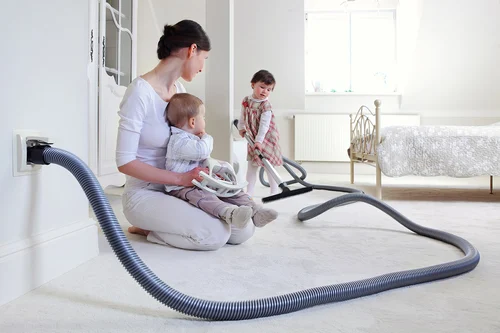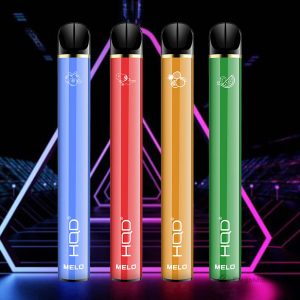The Science Behind Central Vacuum Systems and Their Efficiency

Central vacuum systems represent a technological advancement in home cleaning, offering enhanced efficiency and performance compared to traditional vacuum cleaners. Understanding the scientific principles behind Central Vacuum Systems sheds light on their effectiveness in maintaining cleaner and healthier indoor environments.
1. Suction Power and Airflow Dynamics:
Central Vacuum Systems rely on powerful suction generated by a centrally located motor unit, typically installed in a garage, basement, or utility room. This motor creates negative pressure within the vacuum system, drawing air and debris through a network of tubing installed in the walls of the home. The suction power, measured in air watts, determines the system’s ability to lift and remove dirt, dust, and allergens from surfaces.
2. Filtration Systems:
Effective filtration is critical in central vacuum systems to maintain indoor air quality. These systems often incorporate high-efficiency particulate air (HEPA) filters or equivalent technologies designed to trap microscopic particles such as pollen, dust mites, and pet dander. By capturing these contaminants, Central Vacuum Systems prevent them from recirculating back into the air, making them ideal for allergy sufferers and improving overall indoor air quality.
3. Noise Reduction Technology:
Central Vacuum Systems are engineered to operate more quietly than traditional portable vacuum cleaners. The design separates the motor from living areas, typically housing it in a remote location. This setup minimizes noise levels during cleaning, contributing to a quieter and more comfortable home environment.
4. Versatility and Cleaning Efficiency:
The design of central vacuum systems enhances cleaning efficiency and versatility. By eliminating the need to carry a heavy vacuum cleaner from room to room, users experience greater mobility and ease of use. The system’s extended reach allows for thorough cleaning of larger spaces and hard-to-reach areas without the limitations of cord length or vacuum weight.
5. Installation and Integration:
Central vacuum systems are installed as permanent fixtures in the home, integrating seamlessly with existing architecture. Installation involves strategically placing inlet valves throughout the home, connected to the main vacuum unit via a network of PVC tubing. This setup ensures comprehensive coverage and efficient airflow throughout the entire house, maximizing cleaning effectiveness.
6. Long-Term Benefits and Sustainability:
Investing in a central vacuum system offers long-term benefits beyond initial installation. These systems are designed for durability and longevity, requiring minimal maintenance compared to traditional vacuums. Reduced reliance on disposable vacuum bags and filters also contributes to sustainability efforts, making Central Vacuum Systems an eco-friendly choice for homeowners.
Conclusion:
Central vacuum systems exemplify the fusion of advanced engineering and practical functionality, providing superior cleaning performance and enhanced indoor air quality. By harnessing powerful suction, advanced filtration technologies, and noise reduction features, these systems offer homeowners a more efficient and convenient cleaning solution. Understanding the scientific principles behind Central Vacuum Systems underscores their effectiveness in maintaining a cleaner, healthier home environment for years to come. Whether for allergy relief, noise reduction, or overall cleaning efficiency, Central Vacuum Systems represent a significant upgrade in modern home cleaning technology.




